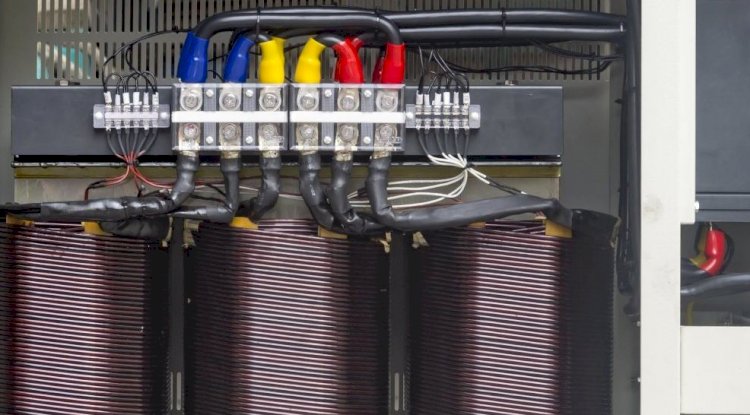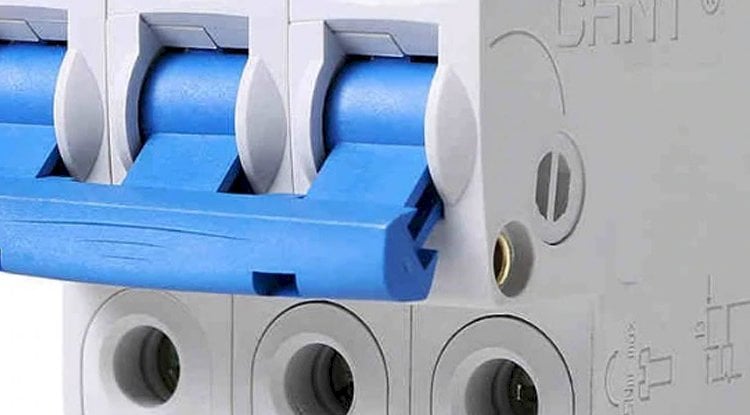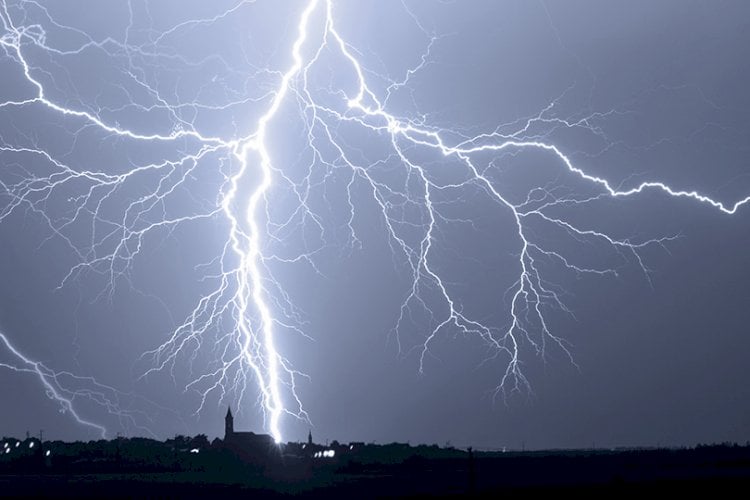Our Answer:
The difference in voltage between the neutral to the ground at any point in your electrical system should be very low, typically something less than one (1) volt. This is easily measured by using a standard volt meter and placing one probe on the neutral wire of a standard receptacle outlet and the other probe on the ground wire. The resulting measurement is your neutral to ground voltage.
If you are experiencing neutral to ground voltages that are higher than one (1) volt, you have a serious electrical issue that must be corrected. This issue is in fact correctable, and you should contact a certified electrician right a way.
The most common reason one finds excessive neutral to ground voltages is due to an illegal neutral to ground bond in a sub-panel. There is one place and one place only that the neutral and ground are bonded together, and that is at the first service disconnect. You should start by opening all of your sub-panels and ensuring that there are no neutral to ground bonds in these panels. This is a very serious and potentially life-threatening situation and must be correct ASAP.
Another possibility is that you have some faulty surge suppressors somewhere in your building. Budget surge protection strips are known for failing and can often place unwanted voltage on the ground. You may want to unplug all of the surge strips from your building and see if the issue goes away.
Other sources could be from severely poor power quality, Edison circuits, and/or an out of balance 3-phase electrical system, but if your system does have these problems (which should be corrected) it is still unlikely that you will see neutral to ground voltages.
In any case, you need to hunt the errors down and correct them right away. Any good certified electrician should be able to help you correct these problems.
One last time, this is a very serious electrical issue that could injure people and damage equipment. You must correct these issues ASAP. Please call a certified electrician right away.
The Engineering Experts at E&S Grounding Solutions
Let's Talk! Schedule a FREE Phone Consultation Today.
Wherever you're located, learn how good a fit we are for your project.







